Your quick guide to effective sales automation
We’re willing to bet that you’ve at least once received an unsolicited email with that subject and your name in it, or something similar. Must have been interesting for you the first time. But then you realised it’s just people selling you gizmos you’re not interested in. Or perhaps you were a bit inclined, and you did reply, only to receive an automated follow up email from the same person ignoring your reply.
This personalized approach is a hallmark of sales automation techniques, designed to bridge the gap between scalable outreach and personal touch. It does however leave us thinking, especially in cases like the above – does it actually work?
The short answer is yes, but you’ll need to go through the long answer to understand how.
First thing to keep in mind is that just like any other bulk outreach method, it is a numbers game. You can’t fire up your sales automation targeting a hundred prospects and expect miracles. Thousands of prospects is where you start to hook. The Nigerian prince knew that very well.
Next is ensuring that you got the right prospects in the pool, and that you got the right message for them, at what could possibly be the right time as well.
Let’s explore how that can work.
The Toolbox: Sales Automation Software
These systems attach to your CRM allowing you to program a sequence (some call them ‘drip campaigns’) of emails that get sent automatically with specific time gaps. There’s plenty of them. Popular ones include HubSpot, Salesloft, ActiveCampaign, and Apollo. Our preference is for HubSpot Sales Hub. Not just because we’re HubSpot partners, but because it is really awesome.
A key feature to take advantage of with these tools is A/B testing. It allows you to experiment with different email subjects and copy to see what really works. Here’s how it works in HubSpot.
HubSpot also allows you to include other types of activities in your sequences like calls, manual tasks, or sending connections requests and InMails on LinkedIn Sales Navigator. This helps sales teams humanise the process a little bit.
The Data: B2B Databases and Prospecting Tools
The success of sales automation is determined by the quality and relevance of the data you have access to. B2B databases and prospecting tools like LinkedIn Sales Navigator, ZoomInfo, Apollo and Clearbit are good platforms to help you build up your target list.
Through these sources, you can build up your pool based on industry and role, job experience, company size, location, or specific target keywords. You can also build up lists based on the technologies used by your prospects (BuiltWith is a more advanced tool for this).
Some of these platforms offer buying intent signals which can supply you with prospects who are in the market for a specific product or service. I suggest you take that with a pinch of salt.
Lastly, don’t forget to check publicly available business directories that may include your prospects. These can be directories of business districts and economic zones, trade union members, professional groups, business clubs, regulated companies, etc.
Ultimately you want your list of prospects to be as close as possible to your ideal client profile to get the best results out of sales automation.
The Message: I Know Your Pain (or Pleasure)
If you understand your target’s profile very well, you’ll know their pains and you’re likely to know what could possibly strike a chord for them right now. It could be a common problem in their industry, or a typical challenge that kind of role faces in their first year on the job, or an upcoming regulation change that impacts their business, an affordable offer that gives them value or makes them shine, or a massive expenditure that you can help them optimize. That’s what your email subject should tackle. The more relevant and timely your message is, the more chances you can get opens and replies.
Now let’s say your email subject got them to click. How do you ensure the content of your email resonates with them and gets them to reply?
There’s no way to ‘ensure’. Just like everything else in sales and marketing, there is no exact science to it. In fact, it’s more art than science.
The best way to do this is to imagine that your prospect is 100% going to read the email and write it knowing that someone is reading it as you write. Sounds obvious, agreed. But the truth is most people don’t do that. They write to the void. Like they know no one’s going to read it.
Sales Email Techniques
There are some writing techniques that might be useful to help you structure your emails. We’ll tackle two of the most popular and effective ones:
The Before-After-Bridge (BAB)
The BAB technique is a storytelling framework designed to lead the prospect on a journey from their current state (Before), through a vision of a better future (After), and finally, presenting your product or service as the bridge that gets them there (Bridge).
- Before: Start by outlining the prospect’s current situation, emphasizing any pain points or challenges they might be facing.
- After: Paint a vivid picture of what their life or business could look like once these challenges are overcome.
- Bridge: Introduce your solution as the key that will bridge the gap between the ‘before’ state and the ‘after’ scenario. This is where you articulate the value proposition of your product or service, making it clear how it addresses the specific issues highlighted.
The Problem-Agitate-Solve (PAS)
The PAS framework is a potent technique that focuses on identifying a problem, agitating it to highlight its severity or the discomfort it causes, and then presenting a solution.
- Problem: Begin by clearly identifying a problem your target audience is facing. This should be a pain point that your product or service can address.
- Agitate: Amplify the problem by discussing its implications or the negative impact it has on the prospect’s personal or professional life. This step is crucial for creating a sense of urgency.
- Solve: Finally, offer your product or service as the solution to the problem. Here, you’ll want to detail how your solution effectively addresses the issue, providing relief or improvement.
Frequency
You must be wondering how many emails there should be in a drip campaign and what gaps to leave between them. Again, there’s no exact science to this. You can do what feels right to you knowing your target audience, and you can test and evaluate.
In general, we feel 3 emails are enough. You want to avoid people reporting you as spam, and these days 4+ emails can be annoying. The emails should also be at least 3-4 working days apart. Most of the tools allow you to restrict the sending of automated emails to workdays.
Some Technicalities to Consider
Email Domain Names
A common best practice for sales automation is to use a separate domain name to avoid damaging the reputation of your main domain in the case of frequent spam reports. It can be a variation of your main domain name or the same but with a different tld, such as the tld of a country you wish to target in your campaign. What a lot of marketers forget though is to redirect that domain to the main website. So, a lot of recipients might be interested but they try to type or copy the domain name from the email address only to get a dead page.
Email Signatures
Never forget to include a full rich text email signature in your automated emails. Email signatures are still a critical trust signal, especially in B2B marketing. Signing your automated emails with just your first name in plain text is unlikely to get your prospect to engage.
Finally, remember to keep feeding your campaigns with data and to A/B test your emails and refresh the messaging every few months. And if you need any help with setting up your sales automation funnel, we are here to help.






